The Abandoned Ruins of King Zog's Estate
Introduction
Text-to-speech Audio
Images
The Knollwood Estate
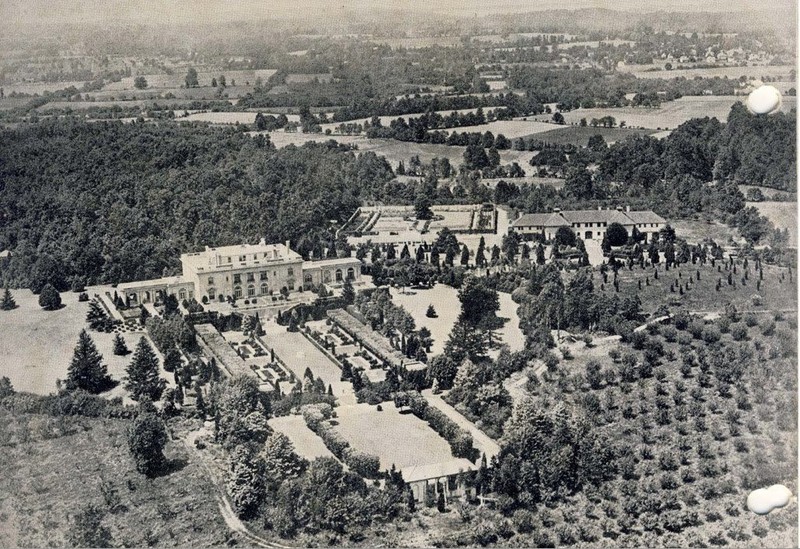
The Knollwood Estate in 1911
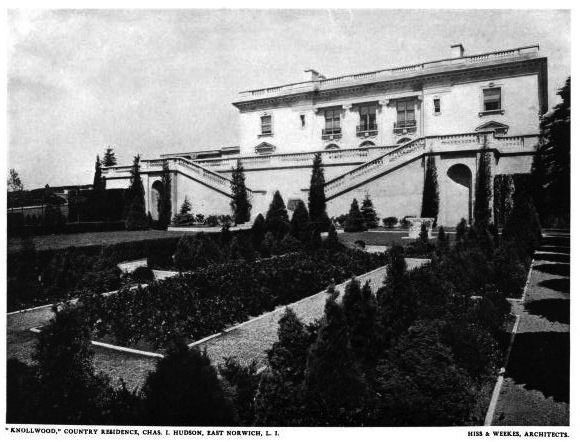
King Zog of Albania
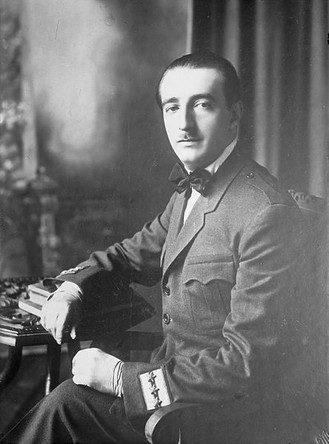
Brochure for the Knollwood Estate
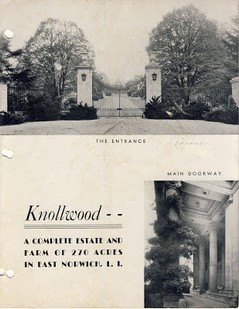
Rare photographs of the Knollwood Estate's interior
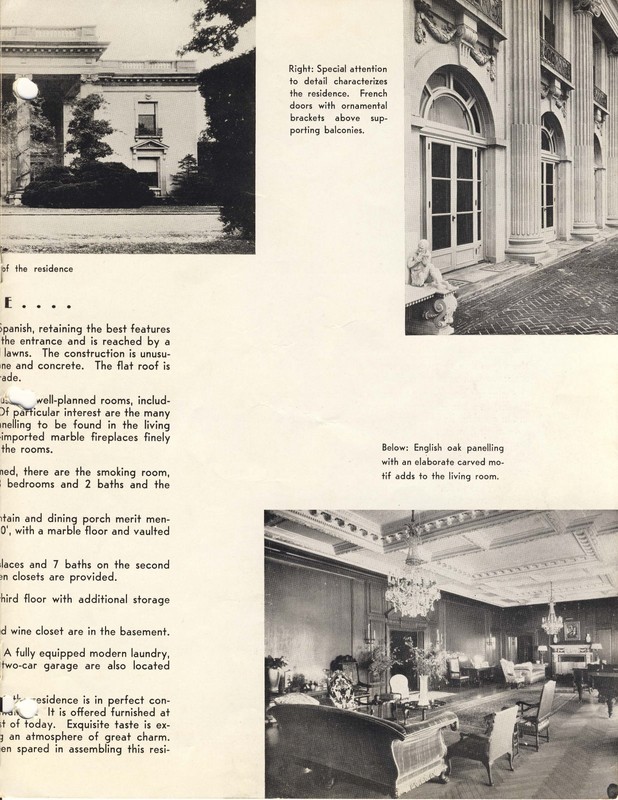
Ruins of the Knollwood Estate today
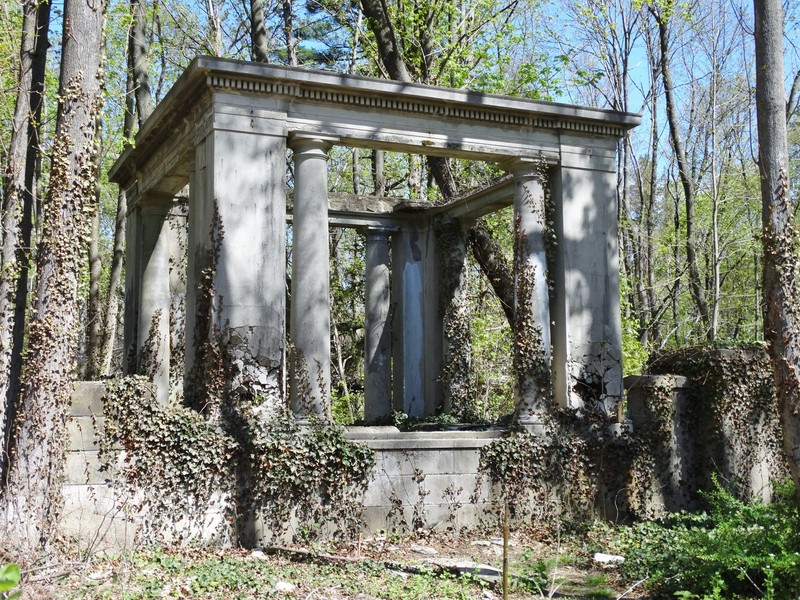
Vandalized decorative fountain at the former Knollwood Estate
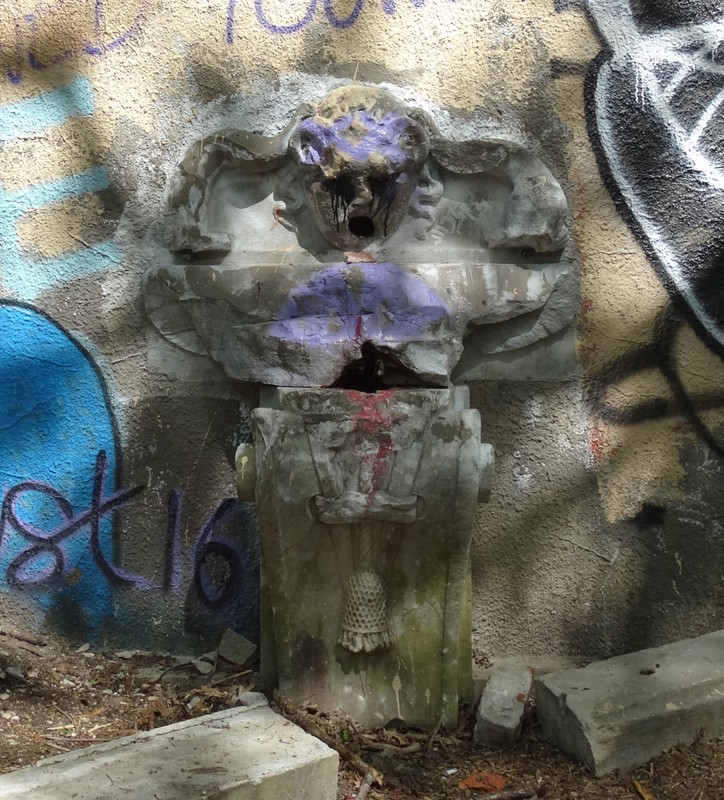
Backstory and Context
Text-to-speech Audio
The Knollwood Estate was constructed between 1906 and 1920 on a 260-acre plot of land previously known as the Westbrook Farms. Designed by the prominent New York City architectural firm Hiss and Weekes, the enormous castle-style stone mansion was created at the behest of the estate owner- Wall Street executive and steel industry mogul Charles Hudson. The Knollwood Estate featured a 60-room main house, a 12-car garage and stable, a Colonial Revival style guest cottage, and lush gardens. Large portions of the surrounding land were developed for agricultural use and pasturing. Housing for farm laborers was constructed along the edges of the property. Hudson, who had a deep passion for Jersey cattle breeding, also had a large dairy barn set up for this purpose.
Ultimately, Charles Hudson never got the chance to spend time at the Knollwood Estate however. Following his death in 1921, the property was sold to Gustavia Senff- the widow of former American Sugar Refining Company president Charles H. Senff. Her nephew inherited Knollwood upon her death 6 years later. Then, in 1951, the estate was purchased for $102,800 by an unusual foreign dignitary- King Gustav S. Zog of Albania.
Formerly known for being among the youngest prime ministers in world history, Zog became Albania's first president on January 22, 1925. Three years later, he was declared the nation's first ever king- although the regime was the same military dictatorship as before. Roughly 600 blood feuds against King Zog were known to exist during this time and he purportedly survived 55 assassinations attempts throughout his years in power. King Zog's reign ended on April 7, 1939 with the invasion of Albania by Mussolini's troops. Aware that an invasion by Italy was imminent, the family had begun collecting their vast riches of gold and jewels months in advance. The King fled the country to Greece alongside the Albanian royal family. From there, they travelled to Istanbul, and then to Paris, where they were again forced to flee after the invasion of France in 1940. King Zog and his family resided in England and then Egypt throughout the 1940's.
Zog is said to have purchased the Knollwood Estate with the gold and jewels he had smuggled out of his kingdom years prior. He envisioned a kingdom-in-exile at Knollwood, complete with his 120-member royal entourage and a staff of Albanian subjects. These plans never materialized however. King Zog never even visited the estate or paid property taxes. Knollwood was eventually sold by the Albanian Parliament in 1955. King Zog lived out the remainder of his life in exile at his home in France. He died in 1961 at the age of 65. Rumors that the monarch had hidden some of his material wealth in the walls of Knollwood led to the house being looted and vandalized during the 1950's. The mansion was finally demolished in 1959 due to structural safety concerns. Other nearby structures were razed in the years that followed. The estate was sold to Nassau County in 1969. Today, it is part of the county's 550-acre Muttontown Preserve. The ruins of the Knollwood Estate are accessible by a nature trail.
Sources
Carr, Nick. Stumbling On The Abandoned Ruins Of King Zog’s Long Island Estate, Scouting New York. March 4th 2013. Accessed October 13th 2020. http://www.scoutingny.com/stumbling-on-the-abandoned-ruins-of-king-zogs-long-island-estate/.
Nassau County . Muttontown Preserve , Nassau County New York. Accessed October 13th 2020. https://www.nassaucountyny.gov/2839/Muttontown-Preserve.
Lenoir, Andrew . The Secret Cold War History of a Ruined Long Island Estate, Mental Floss. June 13th 2017. Accessed October 20th 2020. https://www.mentalfloss.com/article/501395/secret-cold-war-history-ruined-long-island-estate.
Ngo, Emily. Historic Muttontown mansion gates restored, Newsday. January 11th 2012. Accessed December 8th 2020. https://www.newsday.com/long-island/nassau/historic-muttontown-mansion-gates-restored-1.3445910.
Pearson, Owen. Albania and King Zog: Independence, Republic and Monarchy, 1908-1939. Edition 1st. London, United Kingdom. Bloomsbury Academic, 2004.
https://www.atlasobscura.com/places/ruins-of-king-zog-s-estate
https://www.atlasobscura.com/places/ruins-of-king-zog-s-estate
https://www.historytoday.com/archive/king-zog-i-albania
http://www.oldlongisland.com/2009/08/when-knollwood-was-for-sale.html
http://www.oldlongisland.com/2009/08/when-knollwood-was-for-sale.html
https://scenesfromthetrail.com/2016/04/24/muttontown-preserve/
https://scenesfromthetrail.com/2016/04/24/muttontown-preserve/
